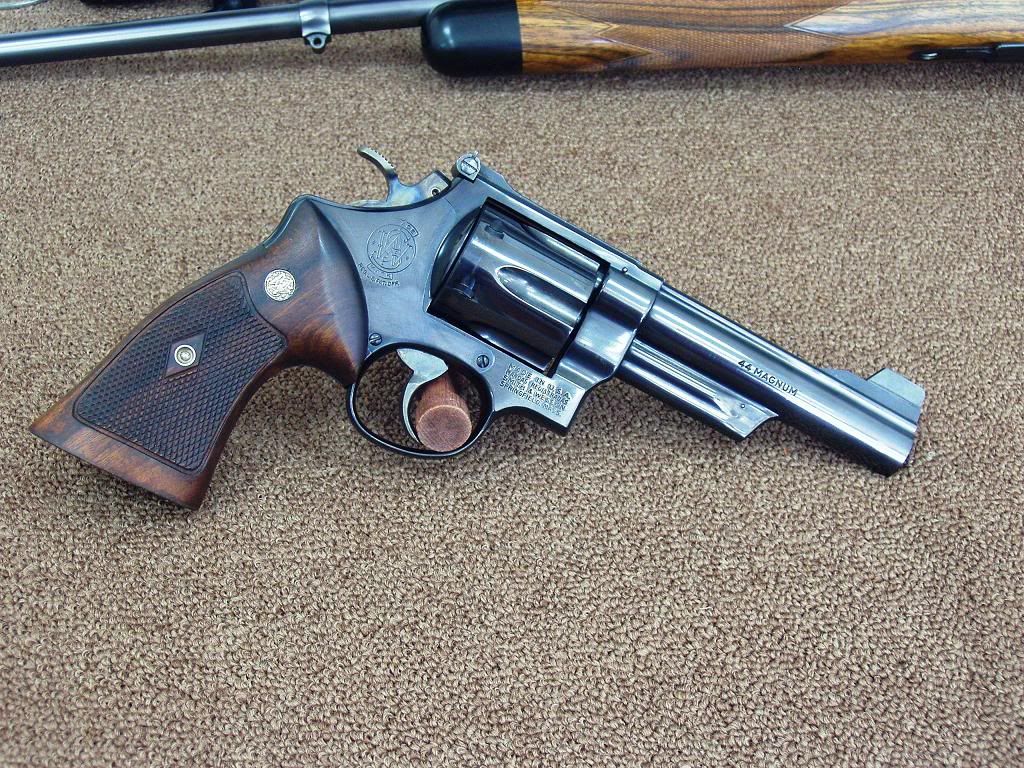feralmerrill...Your 29-2 may have had a new, 5-inch barrel put on it rather than having the barrel cut from 6 1/2-inches. Since the barrel shows no signs of being refinished, this is what I suspect S&W did.
I can tell you S231719 has an original 5-inch barrel and was shipped about a year earlier than your 29-2.
Bill
I can tell you S231719 has an original 5-inch barrel and was shipped about a year earlier than your 29-2.
Bill



